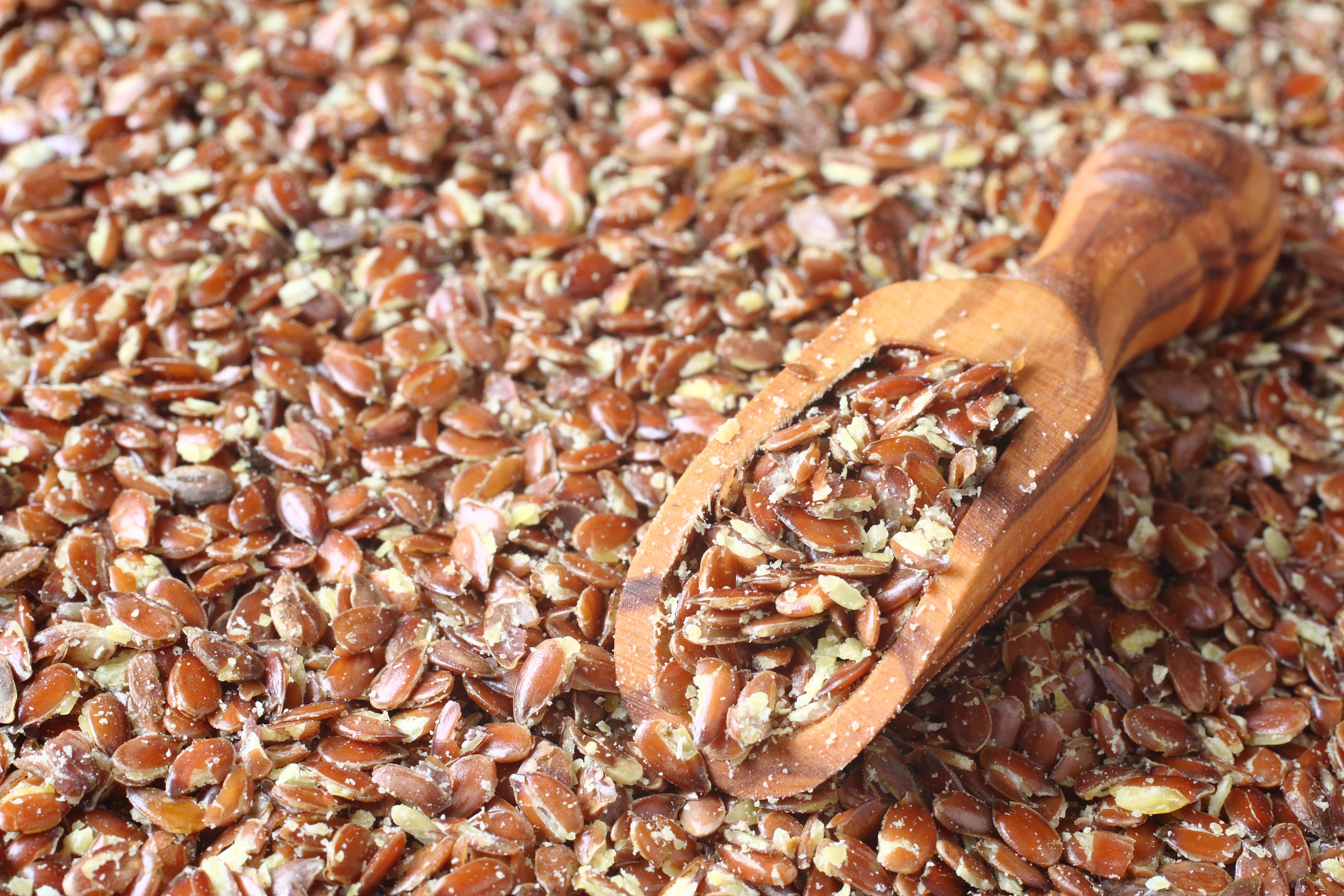Flaxseed: Your Little Superseed for Women’s Wellness
- Talia Dali
- Food & Hormones
Flaxseed: small, humble, and way more powerful than its size suggests. Whether you’re navigating teenage hormones, the ups and downs of your menstrual cycle, fertility challenges, pregnancy, postpartum exhaustion, perimenopause, or menopause — flaxseed quietly supports a healthier you.
Why Flaxseed Matters
Flaxseed is rich in three key components:
Soluble fiber, which helps eliminate excess hormones
Lignans, plant-based compounds that modulate estrogen
Omega‑3s (ALA), essential for brain, skin, and hormonal health
This trio makes flaxseed particularly valuable for women, especially during times of hormonal transition.
A Seed for Every Season of Womanhood
From puberty to menopause, flaxseed offers real, research-backed support.
Puberty & Menstrual Cycles
In your teens and twenties, your body’s hormone rhythms are still finding their groove. Flax can help by gently encouraging cycle regularity and easing PMS symptoms like bloating, mood swings, and breast tenderness.
Flax also supports estrogen metabolism, which is particularly helpful in the luteal phase — when estrogen clearance becomes essential to prevent heavy periods or inflammation. This makes flax valuable for conditions like PCOS, dysmenorrhea, menorrhagia, endometriosis, and adenomyosis.

Fertility & Preconception
Because flax supports estrogen balance and helps the body eliminate hormone waste, it may be a helpful ally when preparing the body for pregnancy — especially if estrogen dominance is at play.
Pregnancy & Postpartum
Flaxseed offers gentle support for digestion and blood sugar balance, and provides omega‑3s during a time when nutrient needs are high. It’s also helpful for easing postpartum constipation. (As always, consult your provider before adding anything new during pregnancy.)
Perimenopause & Menopause
When estrogen starts to fluctuate (hello, hot flashes and emotional swings), flax’s phytoestrogens can bind to estrogen receptors and either boost or blunt activity — depending on what your body needs. It’s like nature’s smart estrogen patch.
Plus, its fiber helps reduce cholesterol, regulate blood sugar, and support bowel health — key factors for long-term wellbeing after 40.
Breast Health
Flax may help lower breast cancer risk — especially after menopause — thanks to its lignans and antioxidants. Animal studies suggest it could also boost the effectiveness of hormone therapies like tamoxifen.
Whole, Ground, or Oil — What’s the Difference?
When it comes to flaxseed, how you use it makes all the difference.
Whole flaxseeds might add crunch to your smoothie bowl, but they’re basically going on a digestive sightseeing tour — your body can’t crack their hard shell, so most of their nutrients end up in your toilet, not your bloodstream.
Ground flaxseed is where the magic happens. Grinding unlocks the lignans (great for hormone balance), the fiber (essential for estrogen elimination), and the omega‑3s (specifically ALA). Just be sure to store it in the fridge to protect those delicate oils from going rancid.
Flaxseed oil, meanwhile, delivers only the omega‑3 fatty acid ALA — no fiber, no lignans. While ALA is anti-inflammatory, your body can only convert a small percentage (typically less than 10%) into the active forms EPA and DHA found in fish oil. So yes, flax oil is beneficial, especially for vegetarians, but it’s not a substitute for marine omega‑3s — and it won’t help you “flush” estrogen or boost gut health the way ground seeds do.

How Much Do You Need?
The sweet spot is 1 to 2 tablespoons of ground flaxseed per day. Use it in smoothies, overnight oats, on salads, or stirred into yogurt. Always grind it fresh or buy it ground and keep it in the fridge.
Give it time — 4 to 8 weeks of regular use is when most women begin to notice smoother digestion, lighter periods, clearer skin, and more stable energy.
Final Thoughts
Flaxseed isn’t flashy. It’s not trending on TikTok. But it works — in subtle, consistent ways that honor your hormonal rhythms. Whether you’re menstruating, trying to conceive, nursing, or waking up at 3 a.m. in menopause — flaxseed deserves a spot in your daily meal.
References
Calado, Â. (2018). The effect of flaxseed in breast cancer: A literature review. Journal of Nutrition and Metabolism, 2018, Article ID 8513965.
Khalajinia, Z., Falahieh, F. M., & Aghaali, M. (2023). The effects of chamomile and flaxseed on pelvic pain, dyspareunia, and dysmenorrhea in endometriosis: A controlled randomized clinical trial. Iranian Journal of Nursing and Midwifery Research, 28(1), 26–30.
Nowak, W., et al. (2023). The role of flaxseed in improving human health. PMC.